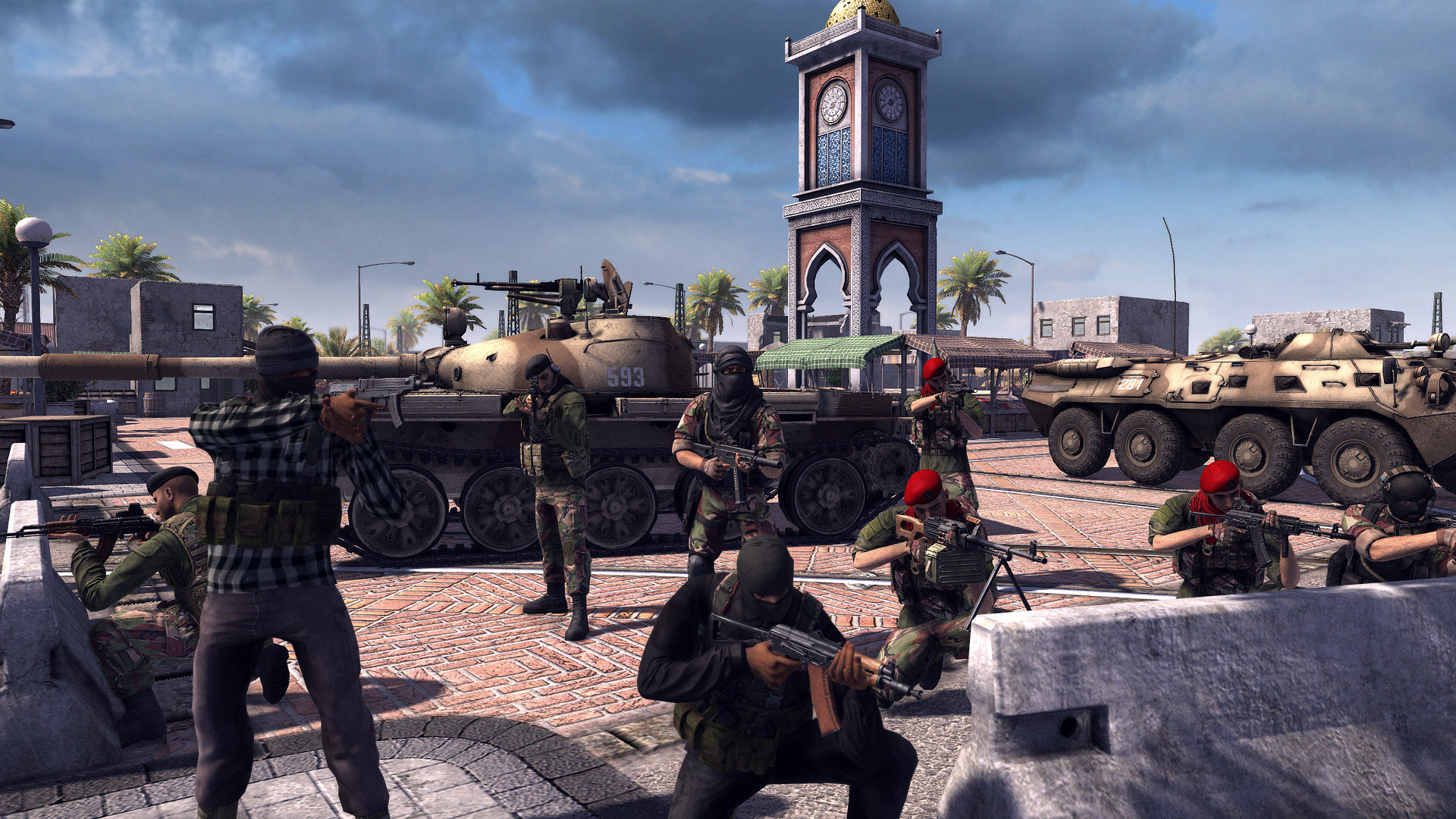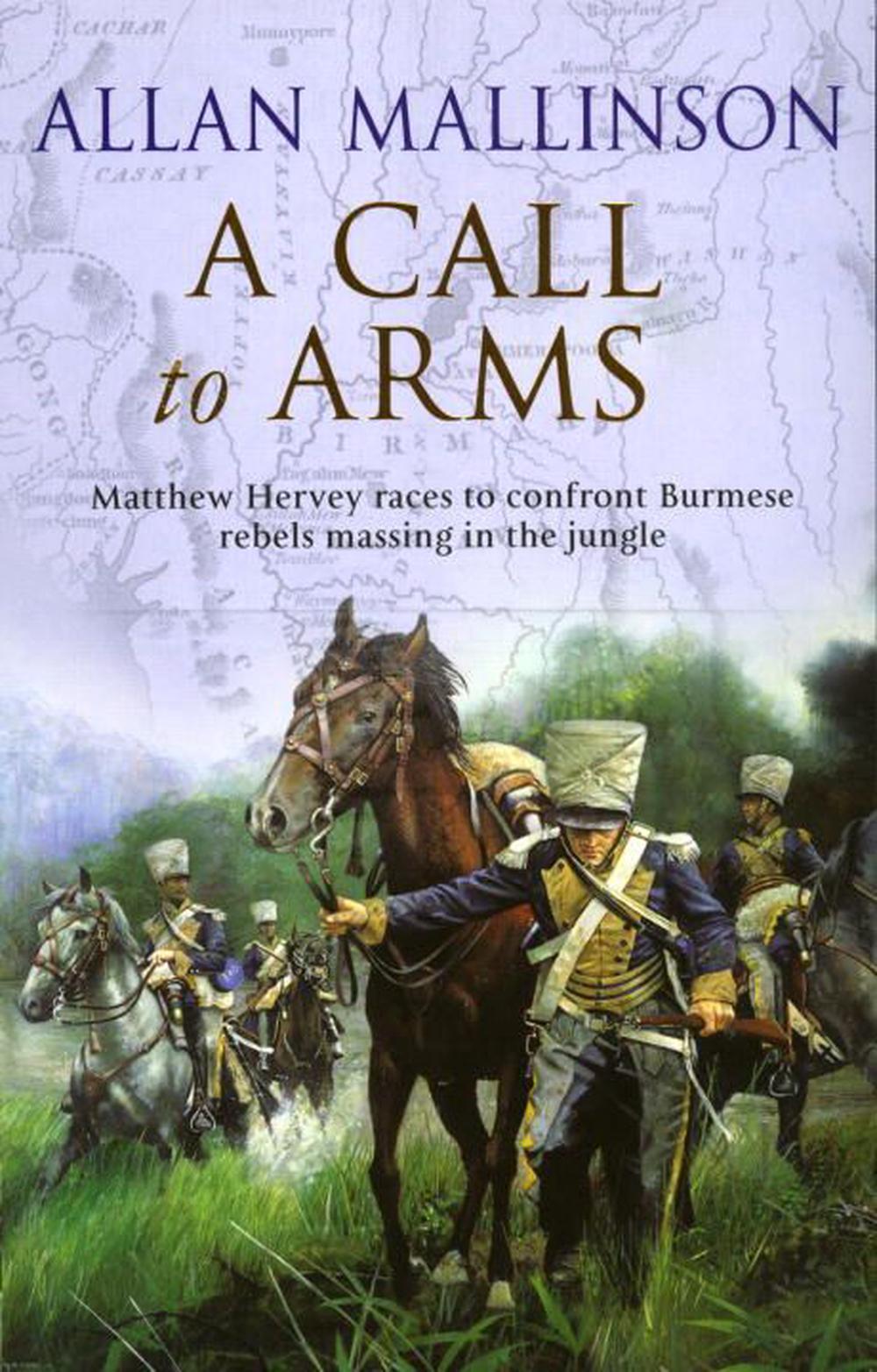

Her solution can be inferred from an analysis of the most notable features of her tenure as sovereign of the Order of the Garter.

Elizabeth I had to find a strategy for establishing her authority over the realm, the court, and the absolutely male bastion of prestige within the court.

When Elizabeth II assumed the throne, a power vacuum was created by the incapacity of her largely female Privy Chamber. Richard II encouraged participation of women in the Order Henry VII was the last monarch to include women thereafter, Henry VIII allowed the custom to fall into abeyance. The statutes did not give women an official place in the Order, but from its inception they appear to have had an associate role and to have participated in its ceremonies. to do away with sex discrimination." The Order had been established in the 1340s membership was limited to only certain males: twenty-four knights, the king, and his eldest son. In 1987, Elizabeth II amended the statutes of the Order of the Garter to permit the admission of Ladies Companions, ". It will be of interest to postgraduate students and academics in (critical) discourse studies, rhetorical discourse analysis, African and Diaspora studies, and African history, as well as non-academics such as journalists, political commentators, and people who consider themselves to be Nkrumaists and Pan-Africanists. Nartey’s book steps out from the conventional domain of critical discourse studies to focus on myth as a form of populist performance. It analyzes how Nkrumah deployed his discourse to concurrently construct heroes and villains, protagonists and antagonists, as part of an ideological mechanism aimed at galvanizing support for and instigating action on the part of the masses towards his lifelong African dream. This book focuses on three areas: an investigation of political myth-making as a social and discursive practice in order to identify particular semiotic practices and linguistic patterns deployed in the construction of mythic discourse the unpacking of the discursive manifestation, representation, features, and functions of political mythic themes and finally proposing and implementing an integrated discourse analytical framework to account for the complexities of mythic discourse and political narratives in general. He examines Nkrumah’s construction of a myth described in the book as the Unite or Perish myth (i.e., the idea of a ‘United States of Africa’ being a prerequisite for the survival of Africa in the post-independence period), exploring the rhetorical resources he deployed, categorizing and analyzing key tropes and metaphors, and setting out the myth’s basic components. Using the socio-political discourse of Kwame Nkrumah, a pioneering Pan-Africanist and Ghana’s independence leader, Nartey investigates the notion of political myth-making in a context underexplored in the literature. The research concludes with a recommendation that various studies need to conduct in order to investigate the various linguistic features founded in this type of discourse and which can be utilized in other models of discourse analysis. This poignant variation reflects the inclination of both parties to use different persuasion strategies in order to influence the opinion of the public for the aim of garnering support for their cause. Second, the conflicting sides utilized performative speech acts in varying proportions and styles for the sake of persuading the audience.

The analysis of the data revealed the following findings: first, both parties showed its own conflicting ideologies in which they defended their cause. The methodology adopted in achieving the aims of the study is mainly based on speech act analysis on Searle’s typology of five performative speech acts (directives, declaratives, commissives, expressives, and assertaives). The data whose concern included official statements of the Jordanian officials from one side, and the narrative of ISIS exemplified in the script of the video which revealed the destiny of the Jordanian pilot. Third, identifying the persuasion strategies utilized by both sides for the aim of affecting the opinion of the public. Second, shedding light on the salient features of the Jordanian Discourse on terrorism and the Islamic State of Syria and Iraq (ISIS) Terrorism’s Discourse in the wake of the Jordanian pilot Moath Al-kasasbah heinous crime. The aim of this research is three folds: first, investigating the differences in the ideological stands of both conflicting sides: Jordanian political discourse and ISIS terrorism discourse.


 0 kommentar(er)
0 kommentar(er)
